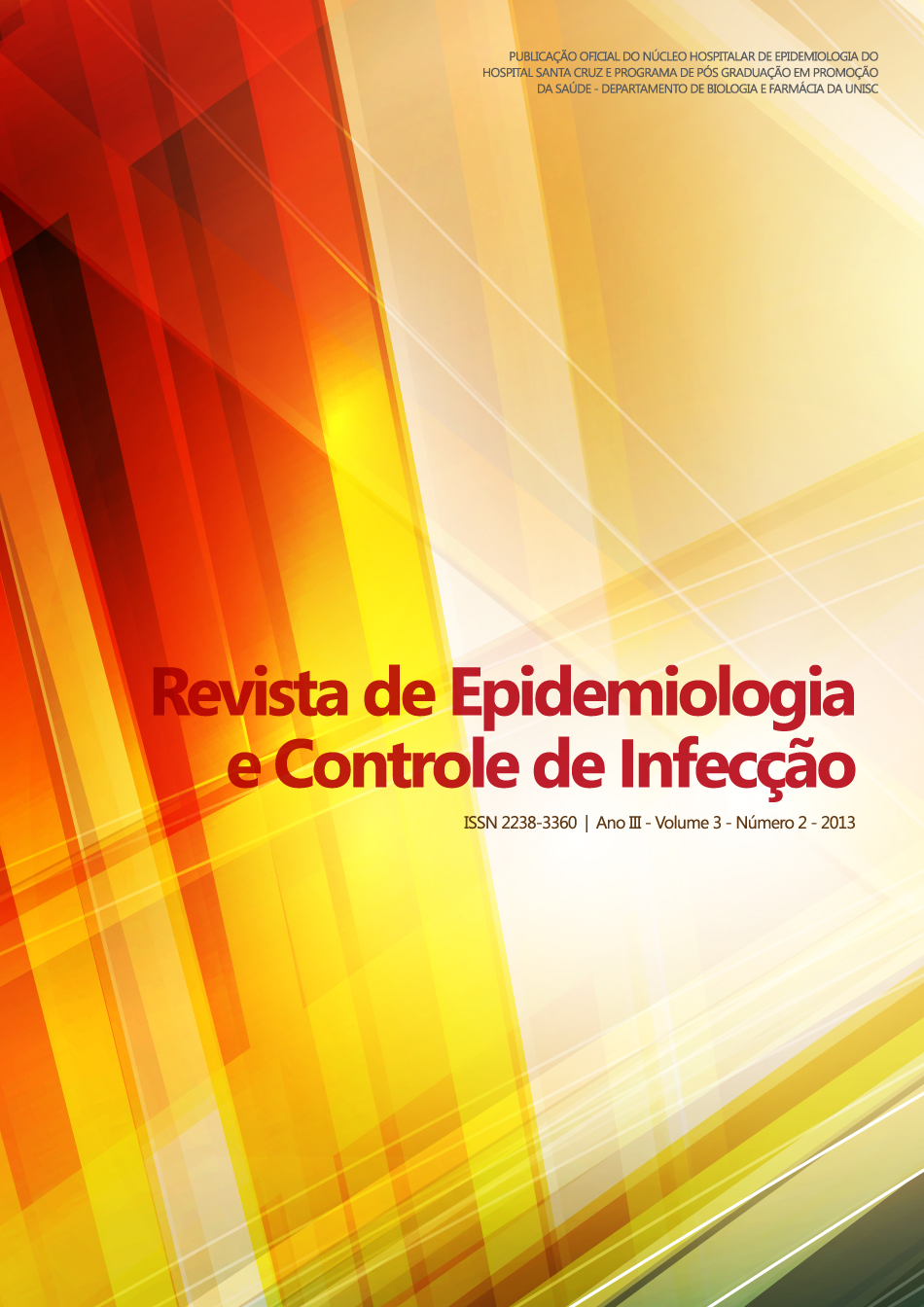Training of nurses on Foley catheter insertion in intensive care unit patients: limits and possibilities
DOI:
https://doi.org/10.17058/reci.v3i2.3157Abstract
Backgound and Objectives: Nursing has an important role in urinary tract infection prevention and control. Urinary catheters insertion represents the local topography with the highest rate of hospital infection. Foley catheter placement is performed solely by the nurse and requires aseptic techniques during its performance, thus preventing risks to the patients. The study aimed to evaluate the training of nurses on Foley catheter insertion and point out limits and possibilities of this practice in patients at the Intensive Care Unit (ICU) of Hospital Geral do Interior da Bahia (HGIB). Methods: This was a qualitative, exploratory and descriptive study. Data collection was carried out through semi-structured interviews. After data analysis, two categories were evaluated, namely: the training of nurses on Foley catheter insertion in ICU patients and the limits and possibilities of Foley catheter insertion practice by nurses in ICU patients. Bardin analysis was used for data analysis. Results: The study shows that the nurse’s practice on Foley catheter insertion in ICU patients is based on the use of aseptic techniques for urinary tract infection prevention, theoretical and practical knowledge on Foley catheter insertion in ICU patients, knowledge on urinary tract infections and associations with catheter insertion, whereas the limits and possibilities of Foley catheter insertion practice by nurses are understood through measures to minimize the risk of hospital infection caused by long-term catheter use in the ICU. Nurses point out that the risks of hospital infection are inherent to long-term catheter use. This is an important fact, as the knowledge or its absence may constitute a limit or possibility for Foley catheter insertion practice by the nurse in ICU patients. Conclusion: Nurses must seek the systematization of knowledge, which warrants support for the team, as well as information, safety and prompt care, allowing the reduction of urinary tract infection rates and its complications in critically-ill patients. Training of the multidisciplinary team is necessary, as well as continuing education, interaction and communication with the medical team and the Hospital Infection Control Committee (CCIH) to prevent and fi ght against hospital infections. KEYWORDS: Nursing. Hospital Infection Control. Intensive Care Unit. Catheter Folley.Downloads
Downloads
Published
How to Cite
Issue
Section
License
The author must state that the paper is original (has not been published previously), not infringing any copyright or other ownership right involving third parties. Once the paper is submitted, the Journal reserves the right to make normative changes, such as spelling and grammar, in order to maintain the language standard, but respecting the author’s style. The published papers become ownership of RECI, considering that all the opinions expressed by the authors are their responsibility. Because we are an open access journal, we allow free use of articles in educational and scientific applications provided the source is cited under the Creative Commons CC-BY license.


